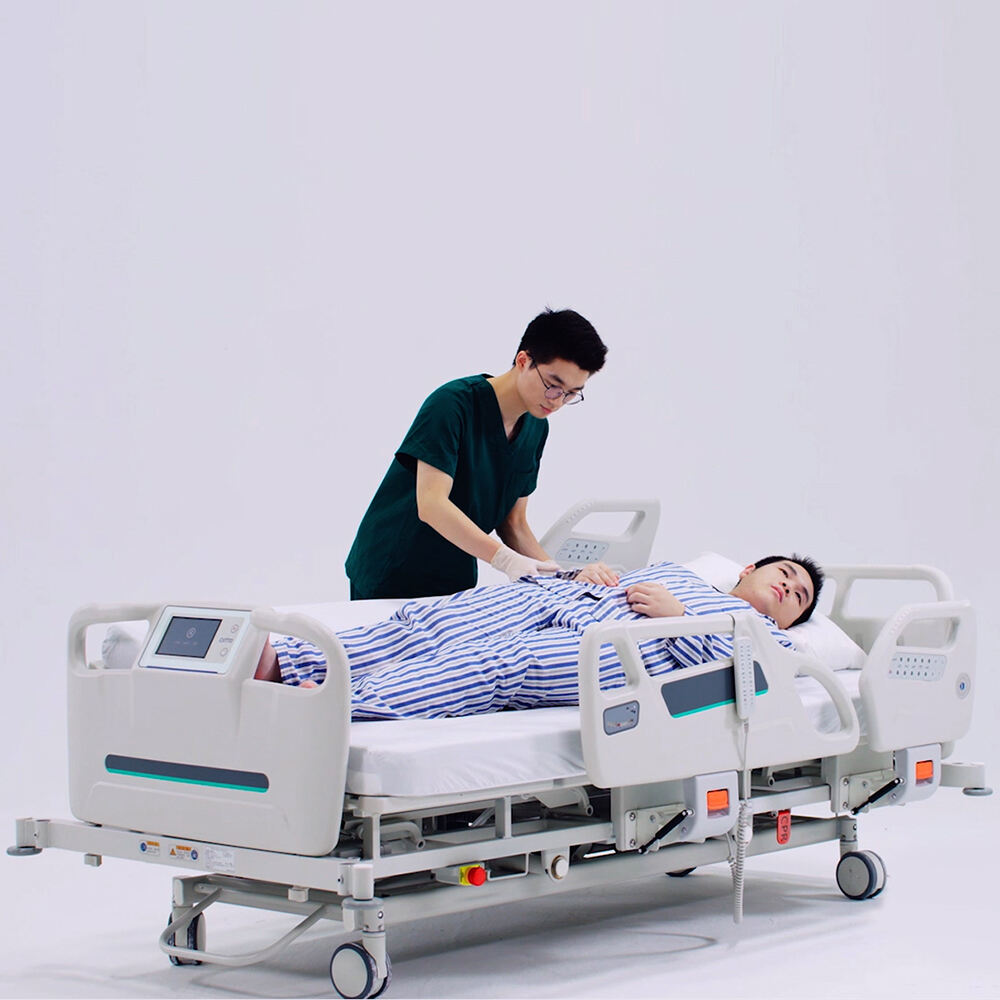Unit 301 No. 6 Xianghong Road,Torch Hi-Tech Zone Industrial Park,Xiang'an District, Xiamen P.R.China +86-592-5233987 [email protected]
Nursing home beds offer numerous practical advantages that benefit both residents and caregivers. The electric adjustment capabilities significantly reduce physical strain on staff during patient positioning and care delivery, leading to fewer workplace injuries and improved efficiency. The beds' multiple position options support various medical procedures and daily activities, from feeding to respiratory therapy, without requiring resident transfer. Advanced safety features, including lower height settings and secured side rails, minimize fall risks while maintaining resident dignity and independence. The beds' design promotes better infection control through easy-to-clean surfaces and sealed components, crucial for maintaining health standards in care facilities. Their durability and robust construction ensure long-term reliability and cost-effectiveness, while the integration of modern technology enables better patient monitoring and care documentation. The ergonomic design supports proper body alignment and pressure distribution, reducing the risk of complications like pressure sores and improving overall resident comfort. The beds' mobility features facilitate easier transfers and encourage resident participation in daily activities, supporting both physical and psychological well-being. Additionally, the beds' adaptability to different care needs means facilities can accommodate residents with varying levels of mobility and medical requirements using the same equipment, optimizing resource allocation and improving operational efficiency.


